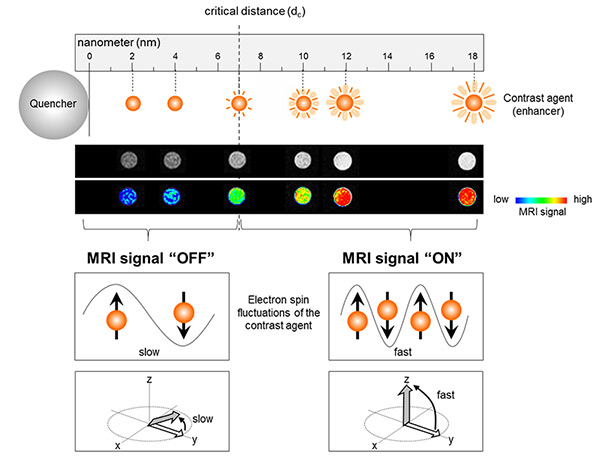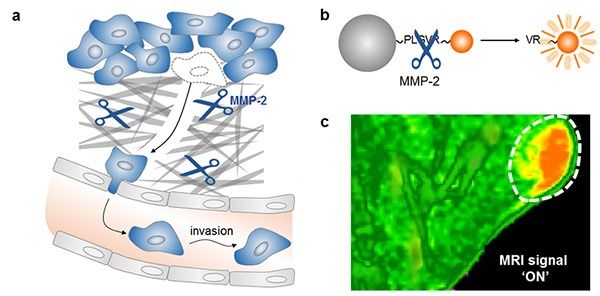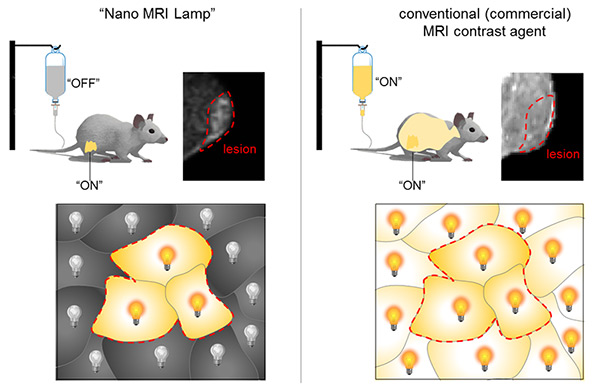주메뉴
- About IBS 연구원소개
-
Research Centers
연구단소개
- Research Outcomes
- Mathematics
- Physics
- Center for Underground Physics
- Center for Theoretical Physics of the Universe (Particle Theory and Cosmology Group)
- Center for Theoretical Physics of the Universe (Cosmology, Gravity and Astroparticle Physics Group)
- Dark Matter Axion Group
- Center for Artificial Low Dimensional Electronic Systems
- Center for Theoretical Physics of Complex Systems
- Center for Quantum Nanoscience
- Center for Exotic Nuclear Studies
- Center for Van der Waals Quantum Solids
- Center for Relativistic Laser Science
- Chemistry
- Life Sciences
- Earth Science
- Interdisciplinary
- Center for Neuroscience Imaging Research (Neuro Technology Group)
- Center for Neuroscience Imaging Research (Cognitive and Computational Neuroscience Group)
- Center for Algorithmic and Robotized Synthesis
- Center for Genome Engineering
- Center for Nanomedicine
- Center for Biomolecular and Cellular Structure
- Center for 2D Quantum Heterostructures
- Center for Quantum Conversion Research
- Institutes
- Korea Virus Research Institute
- News Center 뉴스 센터
- Career 인재초빙
- Living in Korea IBS School-UST
- IBS School 윤리경영


주메뉴
- About IBS
-
Research Centers
- Research Outcomes
- Mathematics
- Physics
- Center for Underground Physics
- Center for Theoretical Physics of the Universe (Particle Theory and Cosmology Group)
- Center for Theoretical Physics of the Universe (Cosmology, Gravity and Astroparticle Physics Group)
- Dark Matter Axion Group
- Center for Artificial Low Dimensional Electronic Systems
- Center for Theoretical Physics of Complex Systems
- Center for Quantum Nanoscience
- Center for Exotic Nuclear Studies
- Center for Van der Waals Quantum Solids
- Center for Relativistic Laser Science
- Chemistry
- Life Sciences
- Earth Science
- Interdisciplinary
- Center for Neuroscience Imaging Research (Neuro Technology Group)
- Center for Neuroscience Imaging Research (Cognitive and Computational Neuroscience Group)
- Center for Algorithmic and Robotized Synthesis
- Center for Genome Engineering
- Center for Nanomedicine
- Center for Biomolecular and Cellular Structure
- Center for 2D Quantum Heterostructures
- Center for Quantum Conversion Research
- Institutes
- Korea Virus Research Institute
- News Center
- Career
- Living in Korea
- IBS School
News Center
Smarter MRI Diagnosis with Nano MRI Lamp- IBS scientists devise a new platform to overcome the limits of MRI contrast agents - A research team led by CHEON Jinwoo at the Center for Nanomedicine, within the Institute for Basic Science (IBS), developed the Nano MRI Lamp: A new technology platform that tunes the magnetic resonance imaging (MRI) signals "ON" only in the presence of the targeted disease. Published in Nature Materials, this study can overcome the limitations of existing MRI contrast agents. MRI is an increasingly popular non-invasive technique for diagnosis and, importantly, does not use harmful radiation. Some tissues show a natural contrast on MRI, but for some specific types of imaging, patients are administered a MRI contrast agent to enhance the difference between the target area and the rest of the body. "Typical MRI contrast agents, like gadolinium, are injected in an "ON" state and distributed across the whole biological system with relatively large background signal," explains Director Cheon. "We found a new principle to switch the MRI contrast agent "ON" only in the location of the target." IBS scientists discovered how to switch the signal ON/OFF by using the Nano MRI Lamp. The Nano MRI Lamp technology consists of two magnetic materials: A quencher (magnetic nanoparticle) and an enhancer (MRI contrast agent). The switch is due to the distance between the two. When the two materials are at a critical distance, farther than 7 nanometers (nm), the MRI signal is "ON", whereas when they are placed closer than 7 nm, the MRI signal is "OFF". The researchers named this phenomenon Magnetic REsonance Tuning (MRET), which is analogous to the powerful optical sensing technique called Fluorescence Resonance Energy Transfer (FRET).
The researchers tested the Nano MRI Lamp for cancer diagnosis. They detected the presence of an enzyme that can induce tumor metastasis, MMP-2 (matrix metalloproteinase-2) in mice with cancer. They connected the two magnetic materials with a linker that is naturally cleaved by MMP-2. Since the linker keeps the two materials close to each other, the MRI signal was "OFF". However, in the presence of the cancer, the linker is cleaved by MMP-2, which cause the two materials to be separated and the MRI signal switched "ON". Therefore, the MRI signal indicated the location of MMP-2, and the tumor. The scientists also found that the brightness of the MRI signal correlates with the concentration of MMP-2 in the cancerous tissue.
Most importantly, the Nano MRI Lamp remains switched off until it meets a biomarker associated with a specific disease, allowing higher sensitivity. "The current contrast agent is like using a flashlight during a sunny day: Its effect is limited. Instead, this new technology is like using a flash light at night and therefore more useful," explains Cheon.
Beyond cancer diagnosis, the Nano MRI Lamp can, in principle, be applied to investigate a variety of biological events, such as enzymolysis, pH variation, protein-protein interactions, etc. IBS scientists expect that it would be useful for both in vitro and in vivo diagnostics.
"Although we still have a long way to go, we established the principle and believe that the MRET and Nano MRI Lamp can serve as a novel sensing principle to augment the exploration of a wide range of biological systems," concludes Cheon. The research group is now working on developing safer and smarter multitasking contrast agents, which can simultaneously record and interpret multiple biological targets, and eventually allow a better understanding of biological processes and accurate diagnosis of diseases.
Letizia Diamante Notes for editors - References - Media Contact - About the Institute for Basic Science (IBS) |
|||
Center for NanomedicinePublication Repository |
|||
|
|
| Next | |
|---|---|
| Next |
- Content Manager
- Public Relations Team : Yim Ji Yeob 042-878-8173
- Last Update 2023-11-28 14:20
















